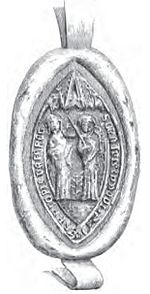Caledonian Road Primary School
1892 establishments in ScotlandCategory B listed buildings in Perth and KinrossDefunct schools in Perth and KinrossListed buildings in Perth, ScotlandListed schools in Scotland ... and 4 more
Primary schools in Perth and KinrossSchool buildings completed in 1892Schools in Perth, ScotlandUse British English from February 2022

Caledonian Road Primary School is a former school building in Perth, Perth and Kinross. Dating from 1892 and made of red sandstone, it is now a Category B listed building. Designed by uncle-nephew duo Andrew Heiton and Andrew Granger Heiton, the building is located at the western edge of Perth's city centre.
Excerpt from the Wikipedia article Caledonian Road Primary School (License: CC BY-SA 3.0, Authors, Images).Caledonian Road Primary School
Andrew Heiton Court, Perth Craigie
Geographical coordinates (GPS) Address Nearby Places Show on map
Geographical coordinates (GPS)
| Latitude | Longitude |
|---|---|
| N 56.3944 ° | E -3.4386 ° |
Address
Andrew Heiton Court 13-24
PH2 8FB Perth, Craigie
Scotland, United Kingdom
Open on Google Maps









